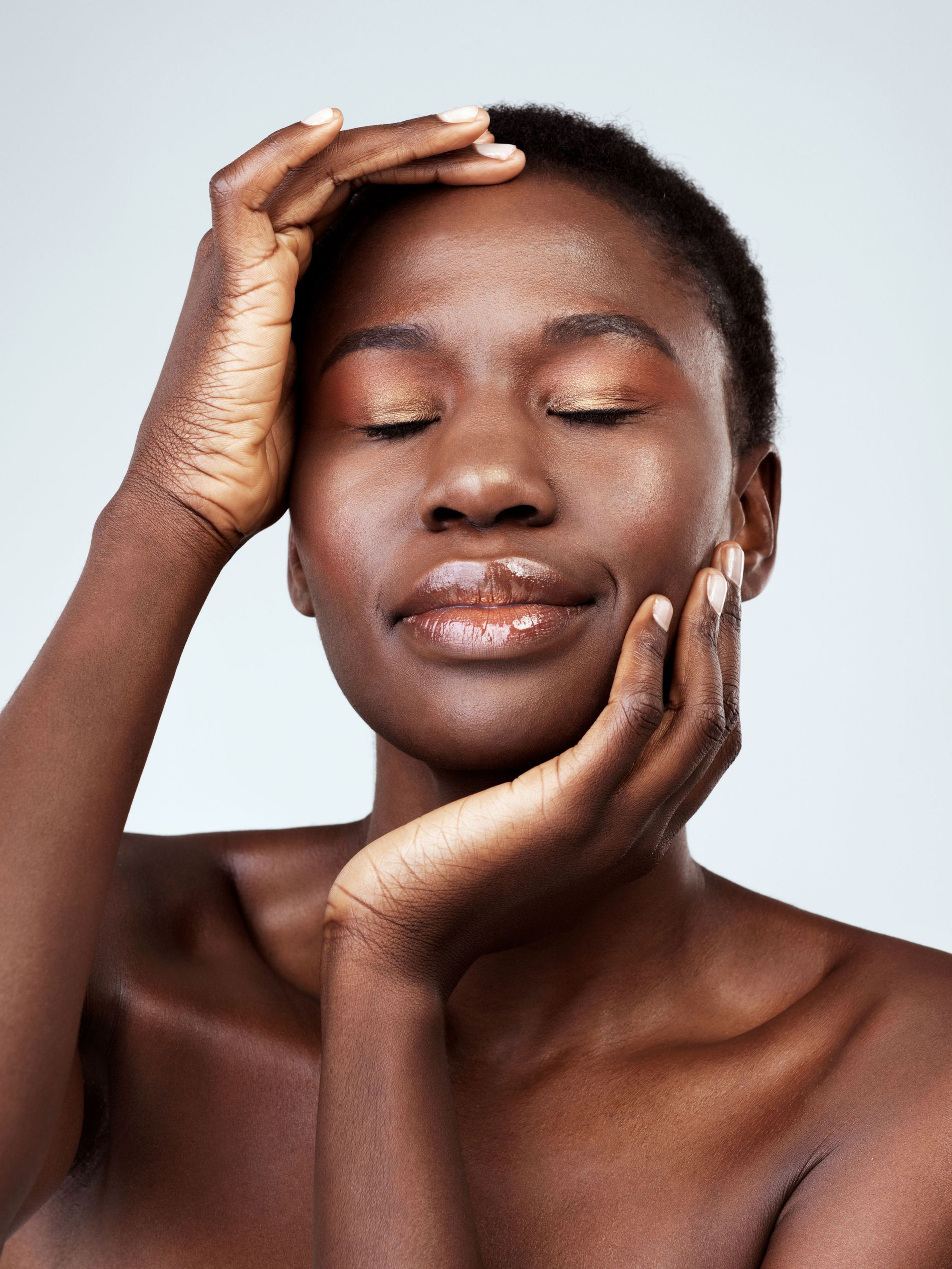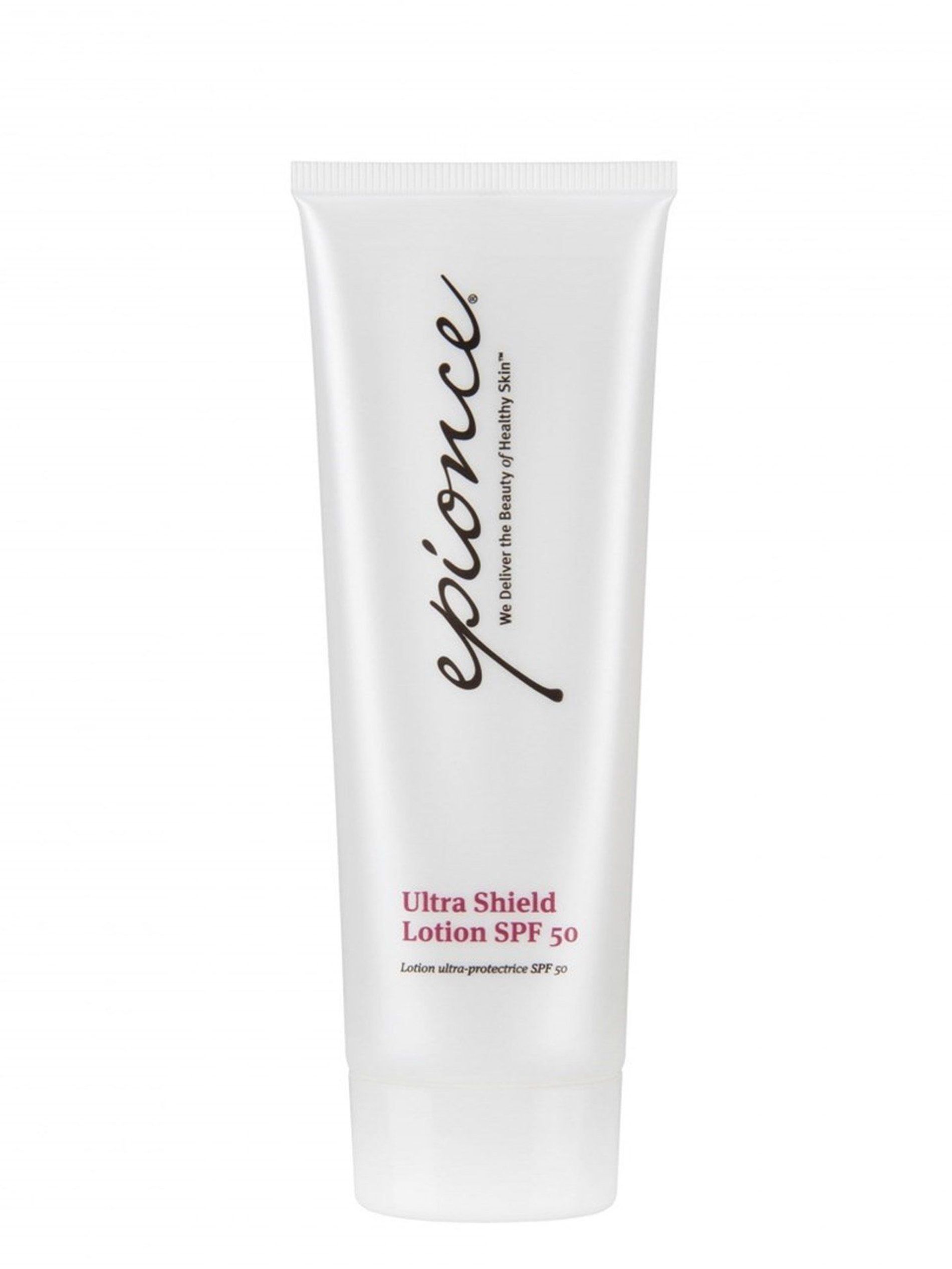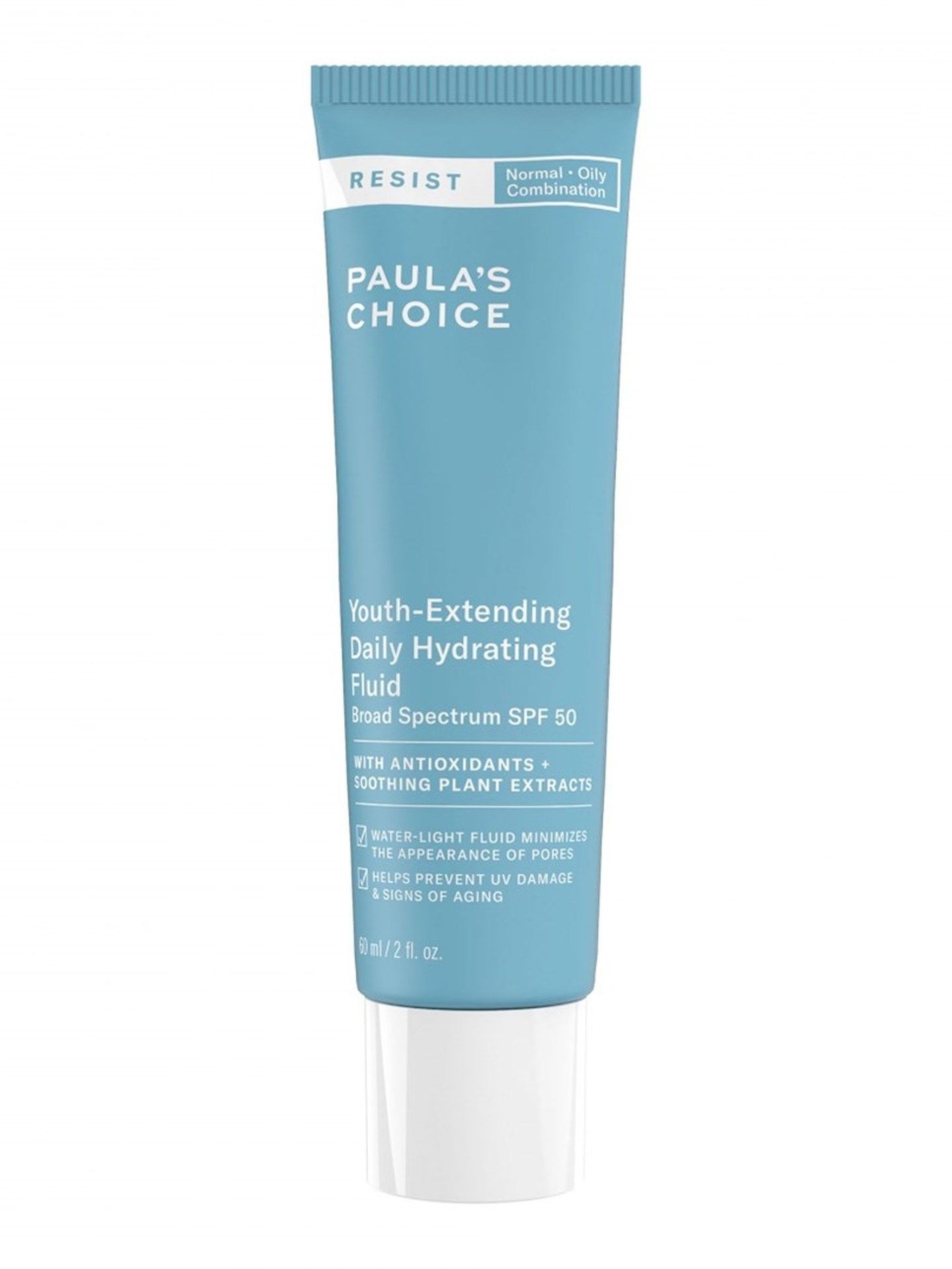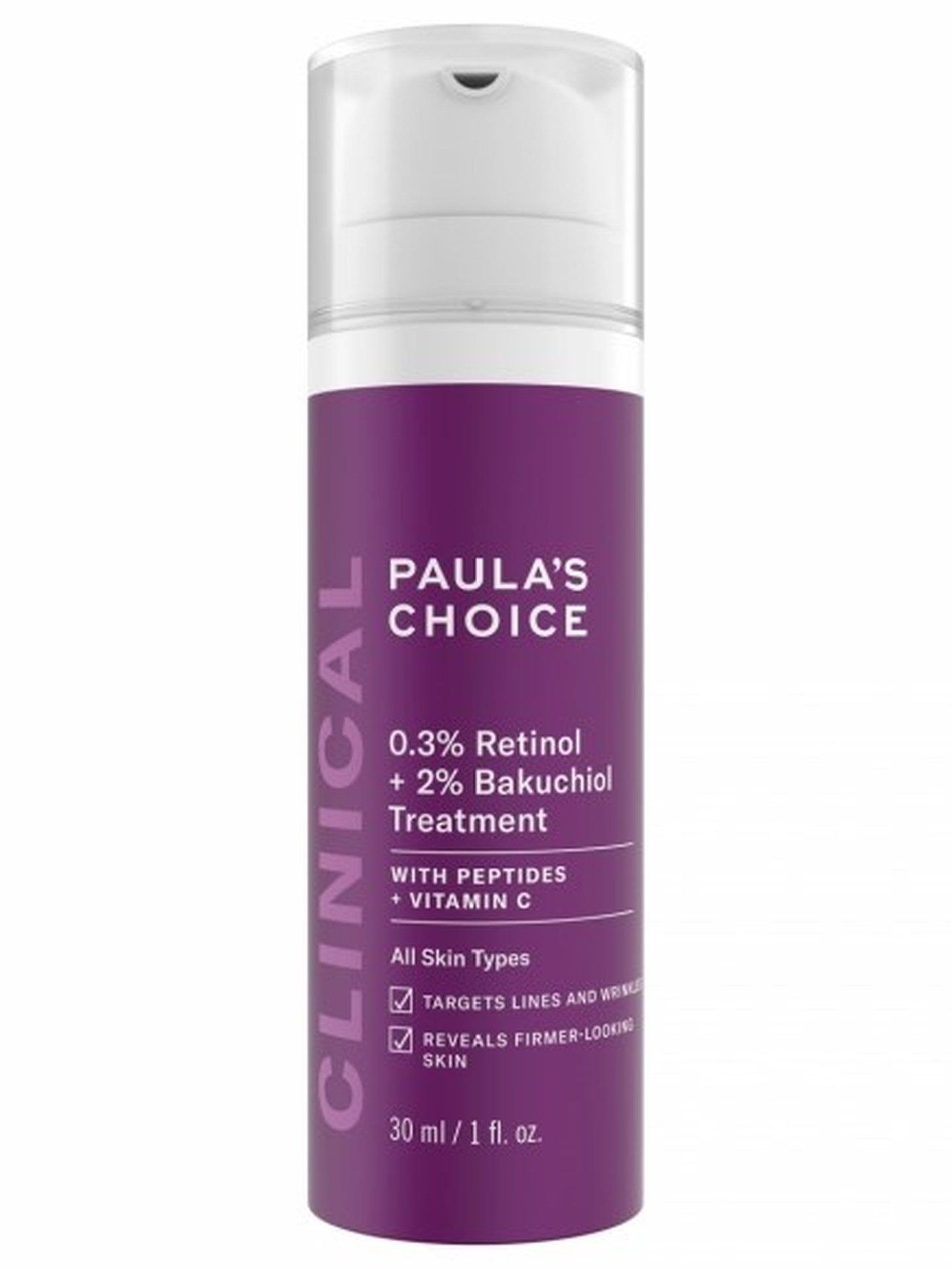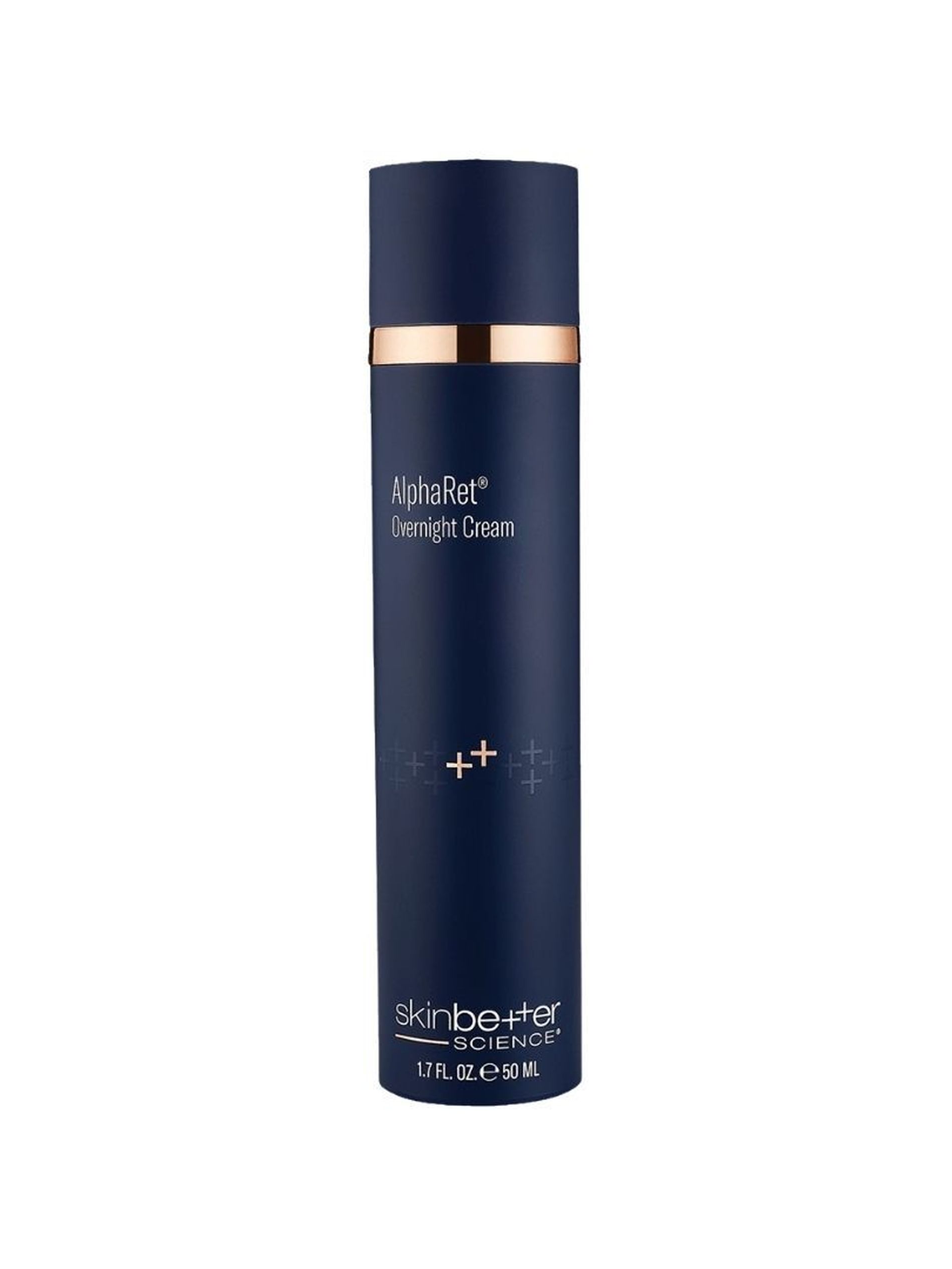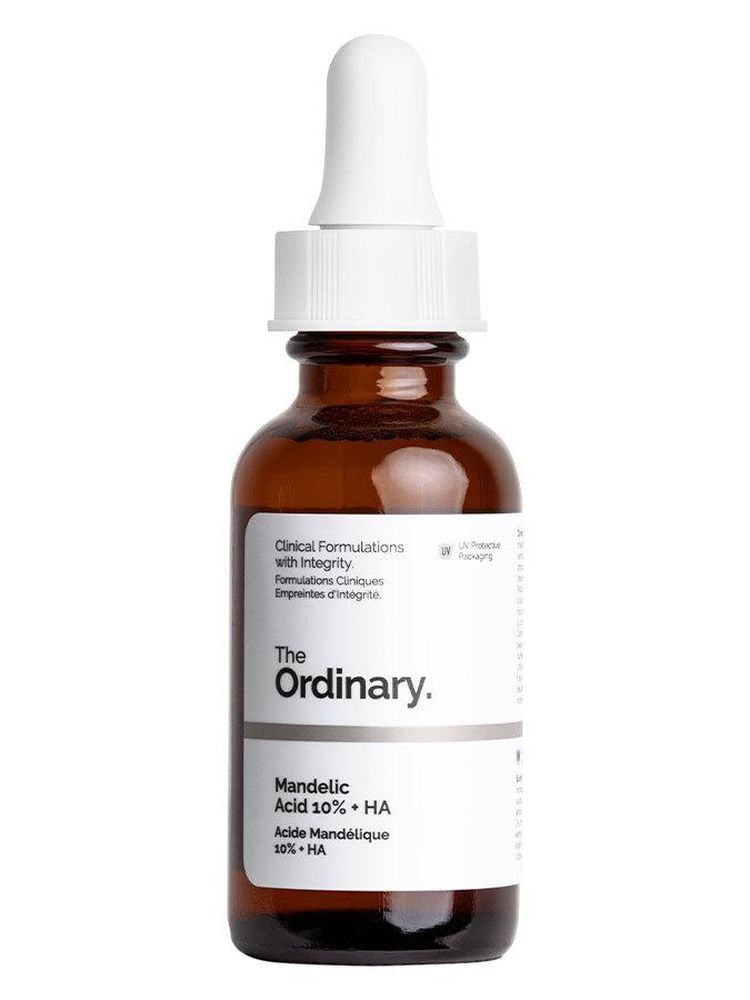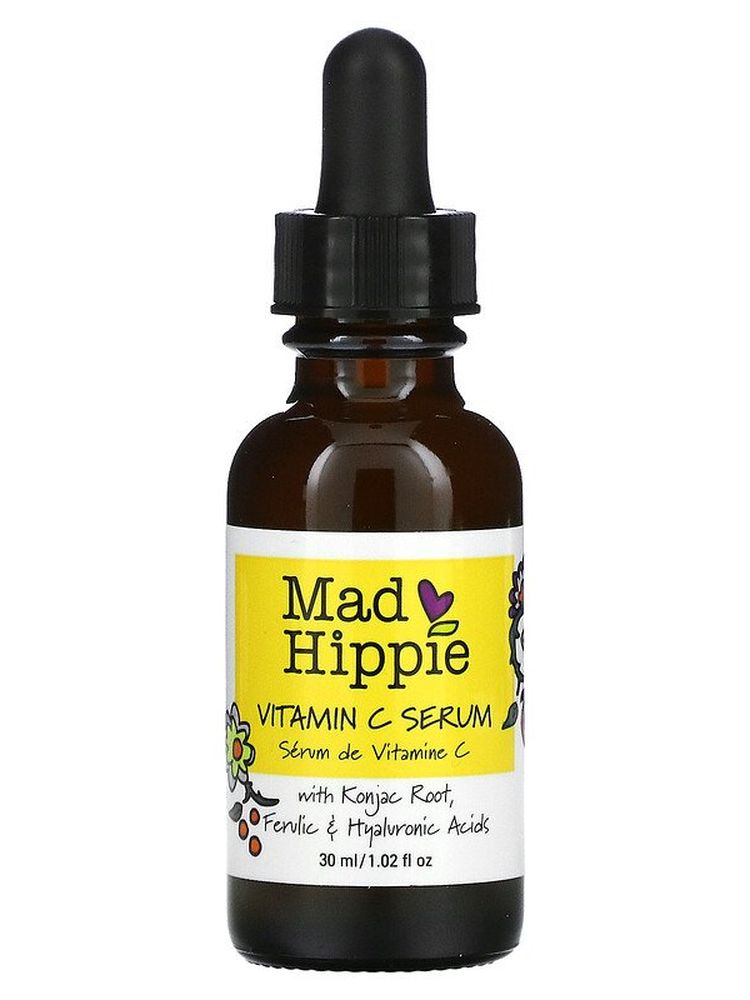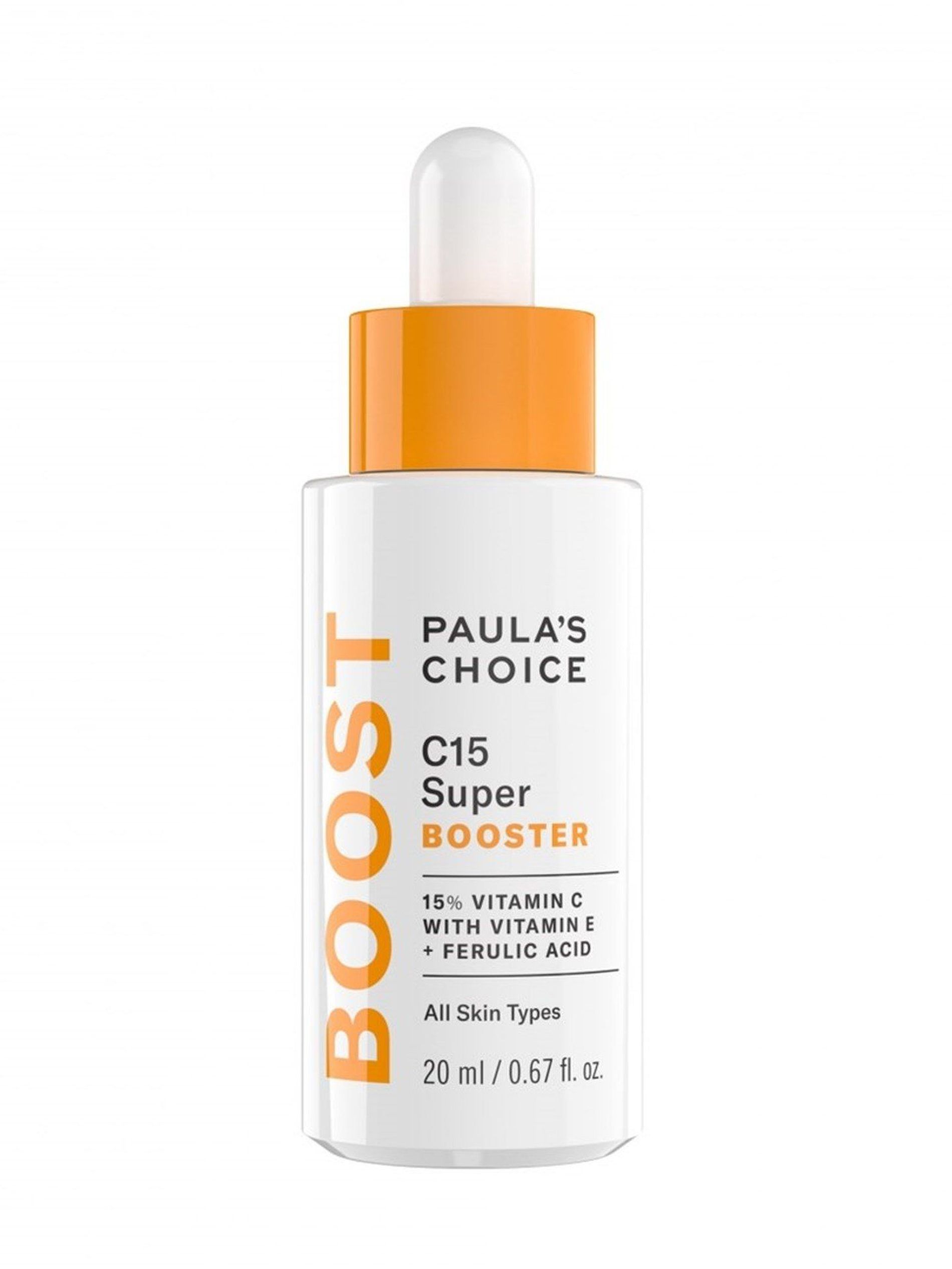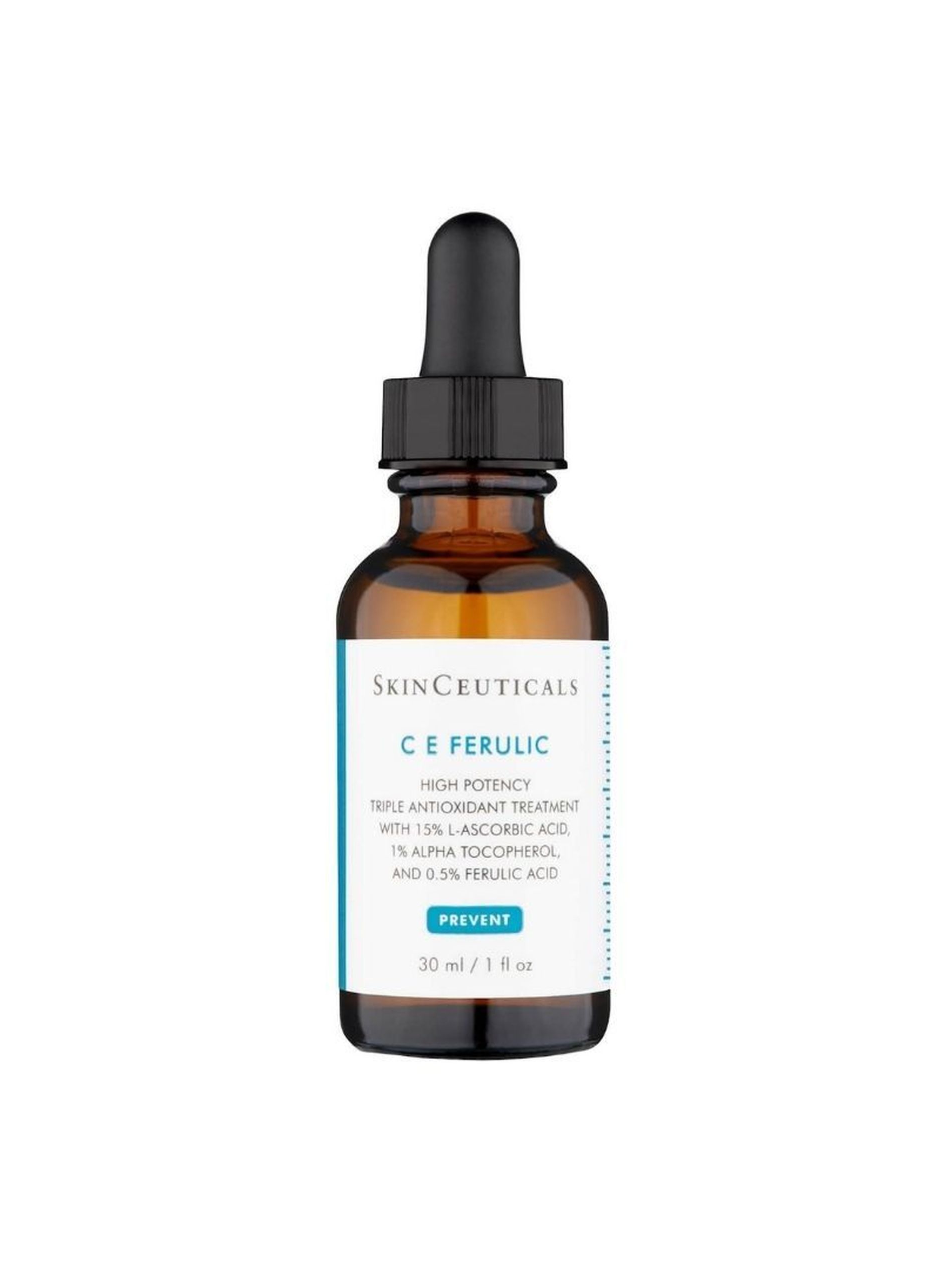Zainab Jones, registered nurse and founder of skincare platform Min Melanin, chats with Dr. Chesahna Kindred, board-certified dermatologist and global leader in melanin-rich dermatology, about some of the most common causes of hyperpigmentation and how to treat it
All products featured on Vogue are independently selected by our editors. However, when you buy something through our retail links, we may earn an affiliate commission.
I've been struggling with acne and hyperpigmentation for over 15 years. For people with melanin-rich skin, accessing skincare services can be a challenge. There is a lack of inclusivity in the skincare industry and lack of knowledge in treating common skincare issues experienced by people with melanin-rich skin, such as hyperpigmentation, that's why I created Min Melanin, to address the lack of knowledge and sharing medical and skin care information for melanin-rich skin.
Melanin is the pigment that determines our skin colour. It is produced by cells called melanocytes, which are present in the base layer of our epidermis — the outermost layer of our skin. Melanin-rich skin has larger melanocytes, easily triggered to produce more melanin whenever there is any skin trauma, rash, or pimple and cause excess pigmentation. Excess pigmentation, or hyperpigmentation, can affect people of all skin tones, but people with darker skin tones are more prone to dark spots after skin trauma.
What causes hyperpigmentation?
There are multiple reasons that could potentially trigger skin to hyperpigment, here are some of the most common ones.
UVA/UVB ray exposure
When our skin is unprotected and exposed to the sun's rays, melanocytes are naturally triggered to produce more melanin. This is actually our body's way of protecting itself, causing new areas of hyperpigmentation and darkening existing areas.
Genetics
Certain hyperpigmentation conditions may be genetic. Examples include melasma and dark circles around the eyes.
Post-Inflammatory hyperpigmentation (or PIH)
PIH is a type of hyperpigmentation that develops after “skin trauma”, injury or inflammation of the skin. It can be caused by acne, eczema, psoriasis or contact dermatitis. Physical injuries, like cuts, bruises, allergic reactions, burns and picking at your pimples can result in trauma to the skin that causes discolouration. Incorrect treatments and harsh products can inflame the skin, resulting in post-inflammatory hyperpigmentation.
Melasma
Melasma is a type of hyperpigmentation most commonly affecting people with melanin-rich skin, especially women. It present itself as darkened patches on the skin, usually on the cheeks, the bridge of the nose, on the forehead, the chin and upper lip. It is commonly triggered by the hormonal changes associated with pregnancy, sun exposure, oral contraceptives and genetics. Foundational to the treatment of melasma is the use of protection from the sun, indoor lights and excessive heat.

Photo: Getty
How can you prevent hyperpigmentation?
Before you can start treating your dark spots, it's important to know why you have them in the first place. Identify the cause of your hyperpigmentation. If your post-inflammatory hyperpigmentation is caused by acne, you need to address the acne first so it doesn't continue to make dark spots. Acne is a medical condition. If the over-the-counter acne products aren't working and your acne is getting worse, see a dermatologist.
Before you spend your money on skincare products to improve the hyperpigmentation, the most important first step is diligent daily sun protection, which is key to reducing the appearance of dark spots. Otherwise you are literally throwing your money away. A deeply harmful misconception is that melanin-rich skin doesn’t need sunscreen. No one is immune to the damage caused by the sun. Effects of UV-rays include premature ageing, sunburn (yes melanin-rich skin can and do sunburn), hyperpigmentation, freckles and melasma. Although less common, skin cancer does indeed affect those with melanin-rich skin. Moreover, when it does occur, it's often diagnosed at an advanced stage and has a worse prognosis.
Melanin-rich skin has a natural protective barrier SPF of up to 8-13. That means there is still a gap to fill. Dermatologists recommend using a sunscreen with an SPF of at least 30, regardless of skin colour.
How to treat hyperpigmentation at home?
A combination of alpha hydroxy acids such as glycolic, lactic or mandelic, vitamin A, Tyrosinase-inhibiting ingredients such as vitamin C, alpha arbutin, liquorice extract, kojic acid, azelaic acid, niacinamide and tranexamic acid will reduce and treat hyperpigmentation. Tyrosinase is an enzyme found in our melanocytes and oxidises tyrosine (an amino acid) to create melanin. Tyrosinase inhibitor ingredients will reduce the enzyme Tyrosinase from overproduction of pigment in the skin and fade hyperpigmentation.
Sunscreen everyday
Prevention is always better than cure. Sunscreen will protect and stop hyperpigmentation from getting worse. Sunscreen criteria include SPF 30 or higher, broad spectrum (protects both UVA and UVB), water resistance, and antioxidants (to neutralise the free radicals triggered by UV radiation that damages the skin) are the best ones in the market. For those with melasma and frequent exposure to blue light (screens on the computer, cell phones, tablets, etc), criteria also includes iron oxide. This being said, be aware of some of the side effects of common sunscreens. Unfortunately, some sunscreens create a white residue on the skin. Test sunscreens when possible to ensure it looks seamless on your skin.
Best sunscreen for melanin-rich skin
Retinoids
Retinoids is the umbrella term for all forms of vitamin A, including retinol. These are considered the gold standard in skincare, effective in treating both acne and post inflammatory hyperpigmentation (PIH). Always remember that the introduction of retinoids in your skincare could cause irritation, dryness, redness and peeling, which could lead to more PIH. Start at the lowest concentration and go slow.
Best retinoids for melanin-rich skin
Chemical exfoliation AHA/BHA
Increases cell turnover which can help with hyperpigmentation. Only be aware that exfoliating everyday can strip the skin of its natural oils, which can cause breakouts and damage skin barriers. You should only exfoliate 1-3 times a week.
Best exfoliators for melanin-rich skin
Vitamin C
Is an antioxidant with powerful skin-lightening properties that helps protect against free radicals and UVA damage.
Best vitamin C for melanin-rich skin
In-salon treatments
Think: laser, chemical peels and microdermabrasion. These in-salon treatments highly benefit the appearance of hyperpigmentations, however be mindful that technologies are still developing. While laser technology is improving, some lasers can’t accurately target dark spots on deeper skin tones, which could leave you with burns, scars and worsened PIH. For that reason, it's important that you go to an expert with proper training that carries the right laser device.
